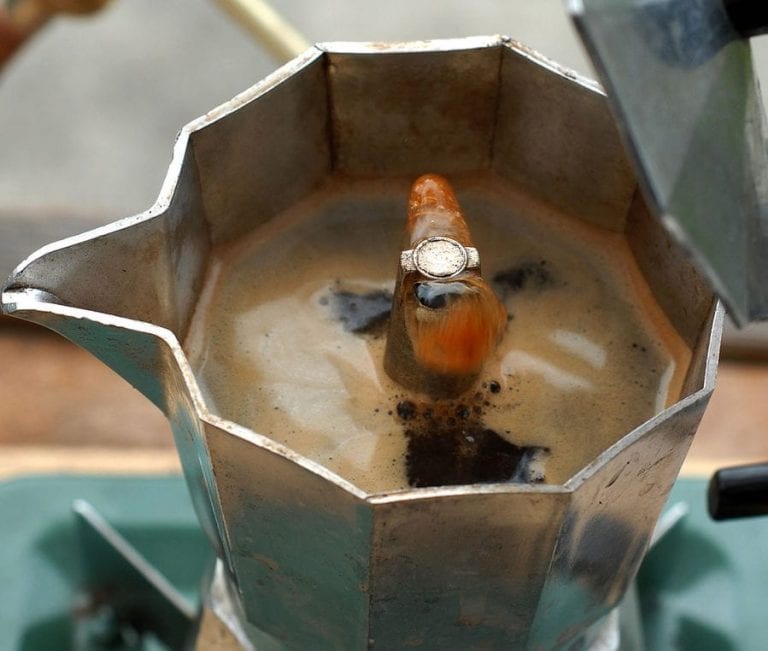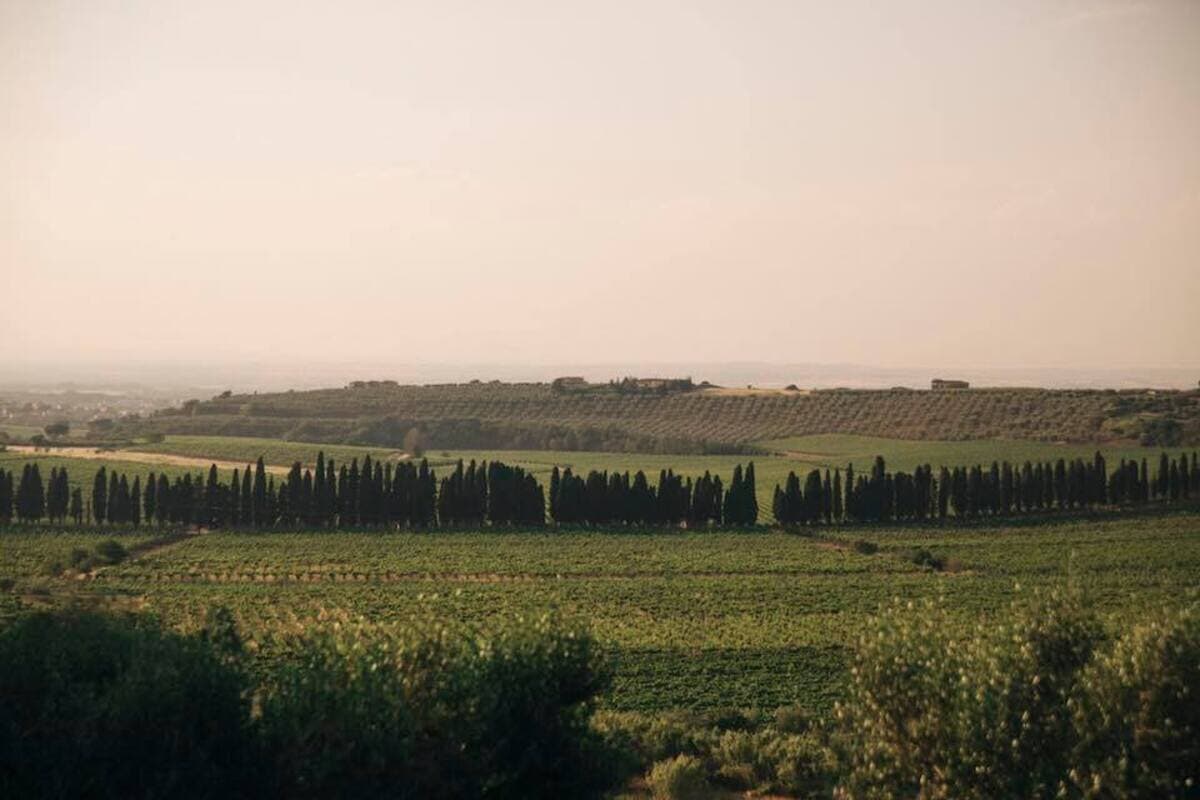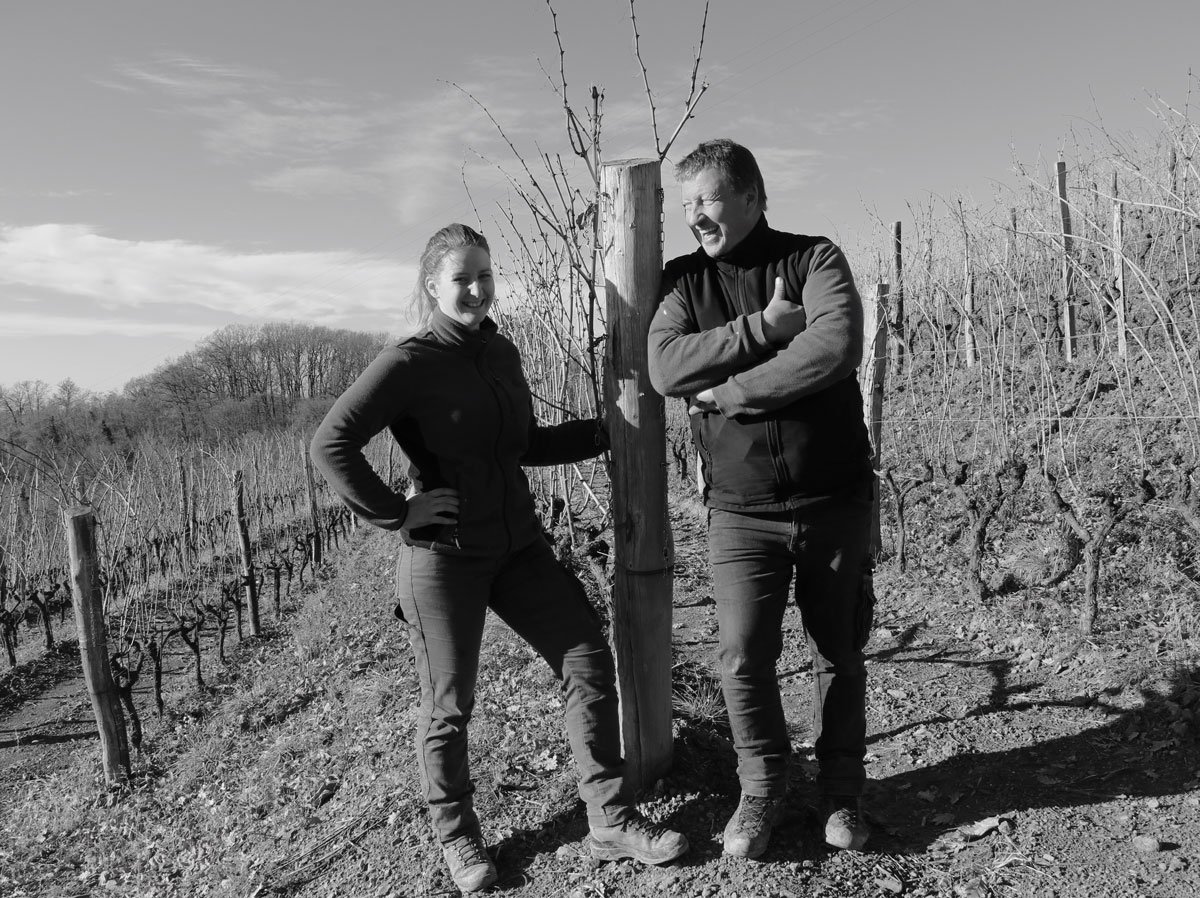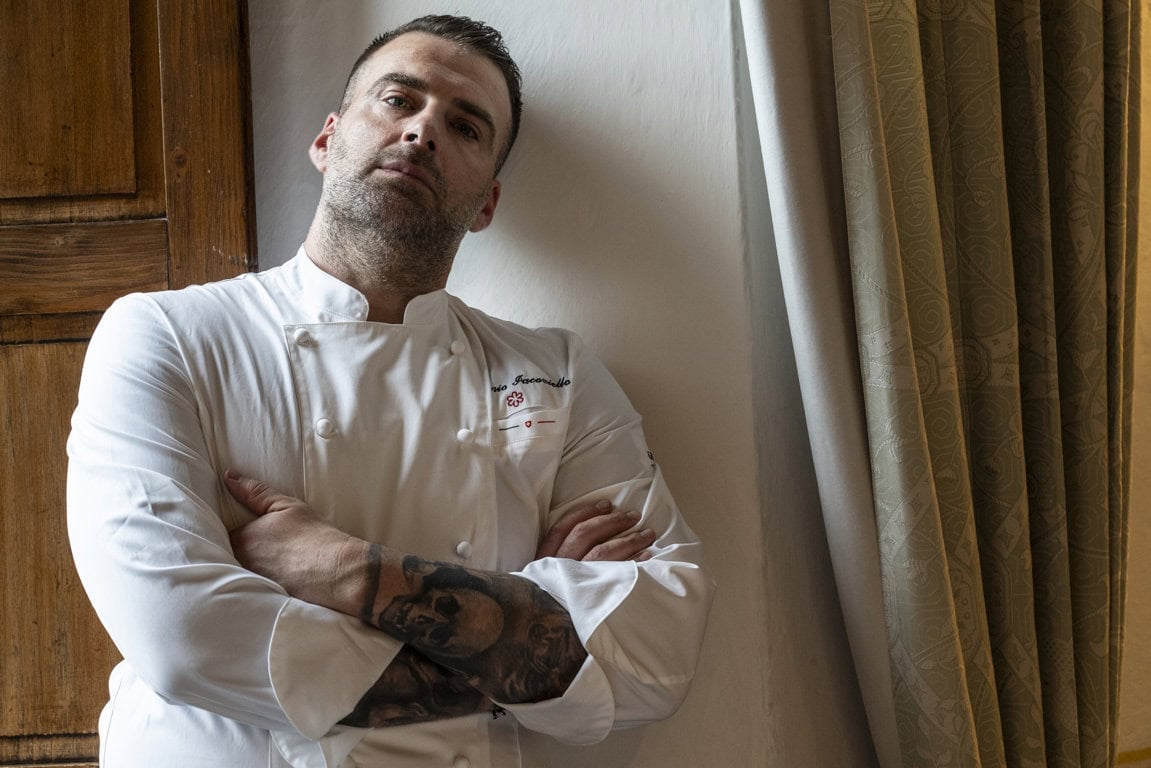The moka ritual
A little water, ground coffee, the same gestures repeated over time, day after day, a wrist game in which Italians are absolute champions. Then the flames light up. Anxious waiting, often accompanied by slow movements, still numbed by sleep, and then finally waking up: the muttering sound that all Italian homes share in the morning, that gurgling that evokes family memories, domestic environment, care and the many deserved breaks from work or study. Of course, explaining to an Italian how to prepare a moka pot seems an unbelievable undertaking: everyone has their own recipe, jealously guarded and handed down from generation to generation. And one's own favorite coffee brand, the blend that most closely matches one's taste, the tricks and secrets to obtain the perfect beverage. Imprecise by nature, the moka is an instrument that's difficult to be taught, and yet there are some, so to speak, rules. And, just like in the case of espresso, these are not always that obvious.
An 85 year-old love story
Heaped ground coffee, yes or no? Levelled and pressed? Water level above or beneath the valve? Medium or low flame? And then the gaskets: how often do they need changed? And how about the pot itself? Some say, even today, that the best is the one still a bit dirty with coffee grounds, full of flavor and remnants of aromas of past brews. Is it necessary to clarify the home-made coffee preparation? Yes, because tradition, ancient and fascinating, in order to be preserved and respected with care, is not always sufficient to obtain a quality beverage. Emblem of the lifestyle of every respectable Italian family, the moka was patented 85 years ago, by the famous little man with a mustache, Alfonso Bialetti, who in 1933 took inspiration from his son Renato's mustache to create what would soon become one of the most representative symbols of Italian design. Since then, there have been many home-made coffee pots developed by the company and other brands, now available in many variations: induction, colored, design.
Homemade coffee: are there rules?
But the ritual has changed very little since then. On the contrary, it has remained anchored to ideas and convictions no longer applicable to the contemporary world. That's why we decided to call in the experts to explain how to prepare an excellent moka at home. Still a homemade and imprecise method, crafted in the strictest sense of the word, but which can still be prepared with greater care. To understand the whole process, we asked Lucio Del Piccolo, a collector of coffee makers for years engaged in promoting the correct use of the moka, through conferences, events and through his blog Caffettiere e Macchine da Caffè. For the guide that follows, we relied on his words.
The 7 steps to a state-of-the art coffee made with a moka pot
- WATER: It's best to use filtered or mineral water because the higher the concentration of dissolved salts in the water, the lower the quantity of good fat substances that will be extracted. On temperature there are two schools of thought: at room temperature, as Lucio argues, or hot, as other professionals in the sector say, including Alberto Polojac, Italian moka champion and importer of raw coffee. In any case, what matters is the "cleaning" of the water, that is with the least amount of chlorine possible.
- WATER LEVEL: As for the quantity, it's good to keep to the water level just below the valve. A level that can sometimes be reduced, but never surpassed. The valve is used to vent steam: if you cover it with water, it will be blocked and only water will come out.
- COFFEE GRIND: We will never tire of repeating it: regardless of the chosen extraction, whether it's a "simple" moka pot, a Napoletana or a filter coffee, the grains must be ground at the moment. After about 15 minutes from grinding, in fact, the product has already lost about 65% of its aromas.
- THE COFFEE: The most classic and popular blend in Italy, which varies depending on the area, is 30/70, with 30% robusta and 70% arabica. But a good cup can be prepared (most advisable) even with a single origin or a 100% arabica blend.
- COFFEE QUANTITY: Let's finally tackle the ages-old question: heaped yes, heaped no? The univocal answer is: no! First of all because, when the coffee pot is screwed together, the powder settles on the edges and ends up on the seal gasket: without good sealing between the two parts, the coffee is extracted badly. And then, because of the brew ratio between water and coffee, which usually - for a 3-cup moka - is 1:10. So, about 15 grams per 150 milliliters of water. If you increase the amount of coffee powder, some of the soluble compounds - the most bitter and unpleasant ones that we would otherwise lose - end up in the cup.
- THE GURGLE: A little patience and finally the pot begins to murmur, warning us that the extraction is complete. Yes, because when the gurgling begins, our coffee is already done, and that intriguing set of aromas that begins to spread around the house is nothing but an amalgam of fragrances that we're losing from our cup. The ideal, therefore, is to stop the extraction a bit before the gurgling sound, when the drink reaches about three quarters of the pot, so as to retain most of the aromas.
- THE FLAME: A medium flame is ideal for the preparation of a moka pot. Once the flame is turned off before the gurgling sound, the coffee pot should be removed from the hob to completely block the extraction.
The "wet bed" technique
To obtain a precise as possible beverage, Lucio invented a special technique, the "wet bed", designed to counteract the high temperature that the drink reaches at the time of gurgling, "about 100 degrees, while the ideal one is around around 92/93° C". The procedure is simple: just remove a little water from the boiler part and, once the coffee has been placed in the filter, pour it over the powder, "so that the temperature drops by at least 6/7° C". And then proceed normally with the extraction.
Maintenance
Like any tool, the coffee pot must be treated with care, washed and kept in excellent condition. Beginning with a constant check of the seal, "which must be soft and elastic", better if made of silicone, "more durable than rubber, which makes the parts even easier to screw together", and that should be replaced when it starts to dry out, "after about 4 years for the silicone one, 2 for the rubber". And the pot? "The steel ones don't ever need changing. The aluminum ones, rarely. The important thing is to treat the machine well, clean it after every extraction". Despite the fact that over the years the "worn" moka theory has become more and more popular (and by worn, in this case, we mean dirty), the truth about maintenance is very different: it's a good rule, in fact, "to wash the pot with water (never with soap!) and then wipe it with kitchen towel when still wet". Above all the filter and the "cuccuma" - the upper part - which are the elements in which most of the coffee's fatty substances are deposited, "which once dry, will become rancid, and hence ruin our moka".
Moka for pros
For those who want to try more specific techniques, some advice from Alberto Polojac, who for the first edition of the Professional Moka Challenge competition, used a single-origin Ethiopia Sidamo, "but you can actually prepare moka with any type of coffee, as long as it's good There aren't more or less suitable products, but only quality beans, well extracted". For the extraction, he used a 10% water - 30 grams per 300 mililiter - and a 20-gram bypass of the same water used for extraction. But what is meant by this term? "The water is placed in the container jug, because the beverage prepared in this way - that is, blocking the extraction before the gurgling - is densre, and therefore needs an additional liquid component".
Napoletana, home drip method
Not just moka, however: there are many Italians who choose to use the Napoletana coffee pot, another domestic instrument that works in a completely different way. This is a coffee maker consisting of a water tank, a coffee container, a filter, a beverage tank and a lid: when the water comes to a boil, the steam escapes from the hole in the water tank and the coffee pot is turned upside down. In this way, the water passes through the coffee and is collected in the appropriate container. Just the same way as the drip method in filter coffee, this is a method that involves the extraction of coffee through the passage of hot water through the coffee powder. "The Napoletana is the perfect homemade drip," explains Alberto, "once again it takes hot water and a classic filter proportion of about 60 grams of coffee per liter". And it does not end here: "The puff of steam from the small hole warns us that we have reached a temperature of 100 degrees", adds Lucio, "at that moment, just wait a couple of minutes to lower the temperature and then turn the coffee maker upside down, letting the water flow down and slowly seep through the ground coffee".
by Michela Becchi


 The Consorzio dei Vignaioli del Lazio is born. This is how artisan producers challenge the agro-industrial model
The Consorzio dei Vignaioli del Lazio is born. This is how artisan producers challenge the agro-industrial model Where to eat gelato in Milan: the best spots
Where to eat gelato in Milan: the best spots "I never thought wine was natural — it's the biggest nonsense I've ever heard." Interview with Damjan Podversic
"I never thought wine was natural — it's the biggest nonsense I've ever heard." Interview with Damjan Podversic This year the Giro d’Italia starts in Durrës. Here are 4 unmissable places to eat in the Albanian city
This year the Giro d’Italia starts in Durrës. Here are 4 unmissable places to eat in the Albanian city The chef who left a top restaurant in Tokyo to open his own place in a small Tuscan village
The chef who left a top restaurant in Tokyo to open his own place in a small Tuscan village






